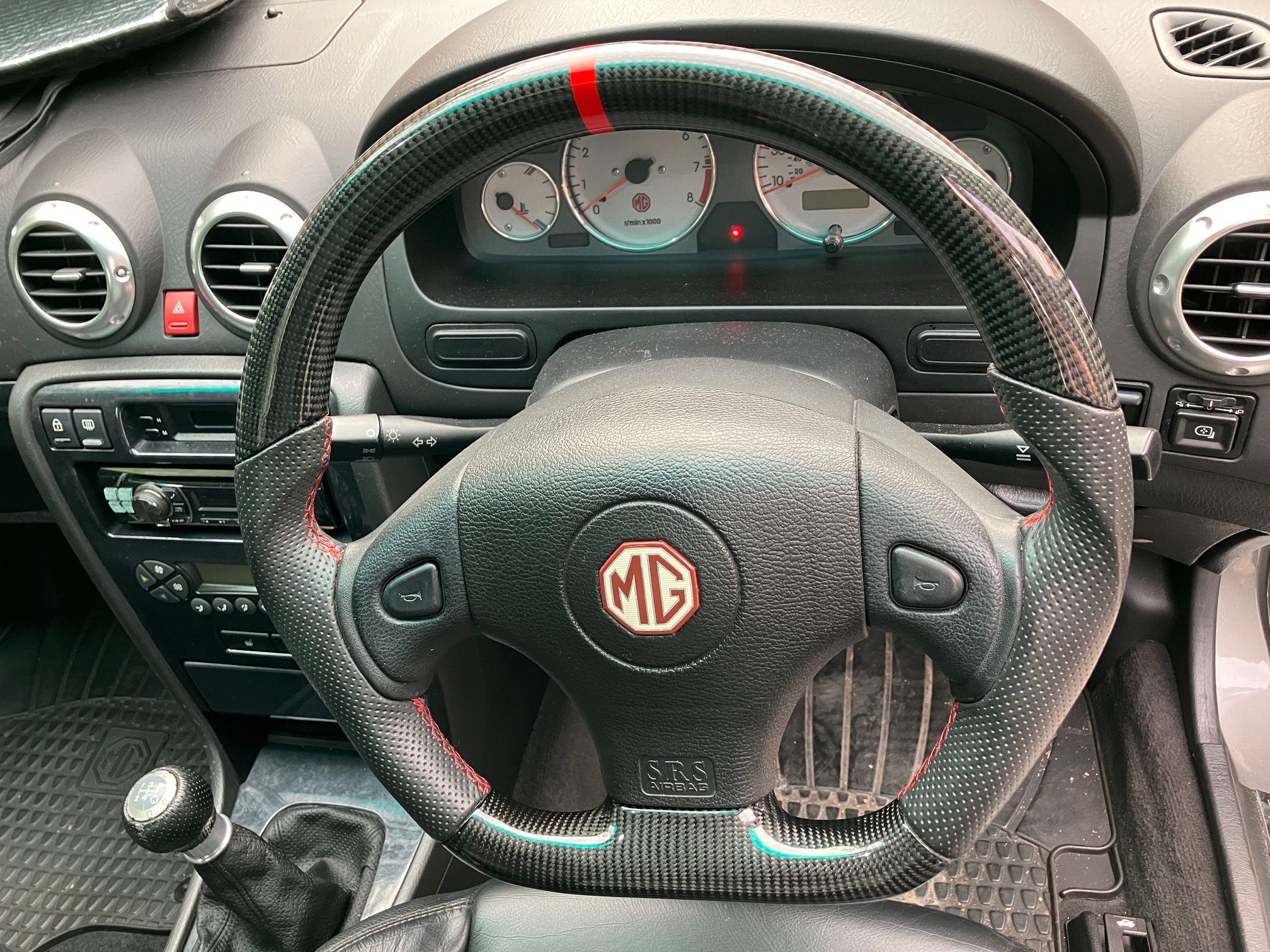
I looked at a car the other day, with a view to purchasing. It isn’t a Rover or MG. Maybe there will be more to say next time, but maybe not. I’m tempted but was put off by the steering column universal joints. Or more accurately, the angles that they prescribed. Probably not a regular item on the check list for a car purchase, but they can affect steering ‘feel’ more than you might think.
Most cars require a couple of universal (or ‘Hooke’) joints to allow a steering column to find its way to the steering pinion. As they aren’t constant velocity joints – there is a cyclic velocity variation – careful matching is required to minimise said variation. It is also important to then set the straight-ahead steering wheel position to the optimum position. Well, that will be a trough then. Or should it be on a peak? Definitely not mid-way between, but ‘slow’ or ‘fast’?
What am I talking about? Well, when we were developing Rover 75, the mid-point was set such that the on-centre steering ratio was at its slowest, which then picked up slightly off centre. This gave a less direct/less nervous steer response around centre. Great for wafting (speedily) down a motorway, with the requisite ‘sneeze factor’ – a term for avoiding drama when momentarily closing your eyes and spreading germs at Vmax.
When we were developing MG6, sports saloon car dynamics had moved on from Rover 75. Our steering was precise but a bit lethargic (and it had a Rover 75 steering column arrangement…..). Measuring the latest Ford Focus showed that this characteristic was being exploited to give a really direct on centre steer response. OK, so let’s try it. We realigned the column UJs to be ‘quick’ on centre. And we liked it. Or rather, some of us did. Why weren’t we getting consistent assessment results? A bit more investigation showed that our generous rake adjust was making the difference. In fact, one end of the travel gave the slowest response.
Some things just can’t be changed, usually for pesky cost and timing reasons. However, an ergonomic survey of EU percentiles showed that only one quarter of the rake range was being used. So that is where we positioned the ‘quick’ on centre ratio. It is this level of attention to detail that can make the difference. ‘Autocar’ magazine kindly said that it was almost as good to drive as a Ford Focus.
I’d forgotten how much I’d learned about steering column universal joint phasing and just how much it could make me dislike a car if it wasn’t right. So, should I buy a car with a problem? Maybe I will, just so that I can make it to my taste. Peak or trough? Who knows?
